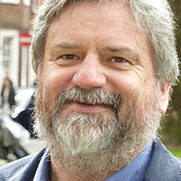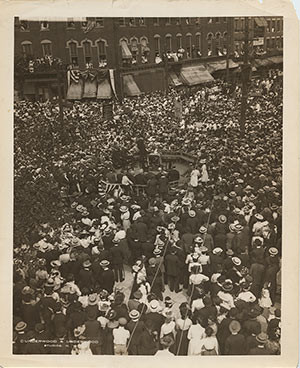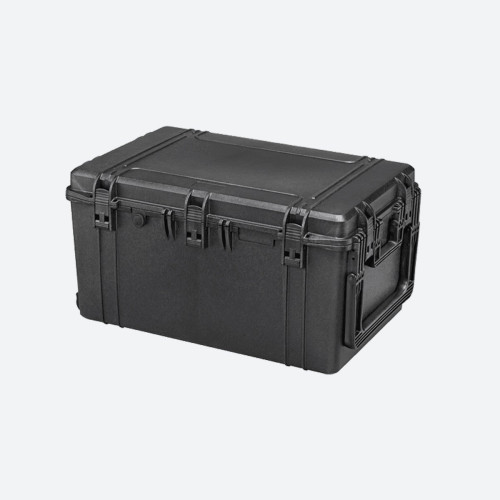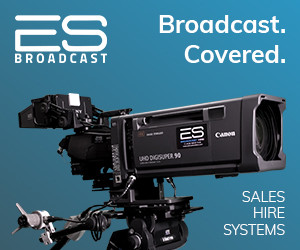Now I am absolutely not going to get into politics in this column. But as I wrote last month, I am a bit concerned about truth and honesty. As I am sure we all are.
The White House press secretary has an important and powerful role, and we all loved CJ Cregg for doing it (leading to my lifelong passion for Alison Janney). So when the incoming spokesman Sean Spicer said of 20 January 2017 "This was the largest audience ever to witness an inauguration, period,\" I was naturally a little concerned.
Looking first at the television audience, ratings agency Neilsen suggests that 30.6 million people in the USA were watching. That compares with the Obama inauguration in 2009 when 38 million watched, and Reagan\'s inauguration in 1981 when 42 million people tuned in.
The big caveat here is that in 2009 - and certainly in 1981 - television was the only way to watch. In 2017 the online audience would have been significant. And according to Akamai, "video streaming of the 2017 presidential inauguration is the largest single live news event that the company has delivered a new benchmark for live video traffic.\"
To be precise, the coverage reached a peak of 8.7 terabytes a second at 12:04, which translates into 4.6 million people watching the streaming coverage (I have done the sums: around 1.89 Mb/s on average). 30.6 plus 4.6 is still not as big a total audience as 2009, but closer.
But how do you know how many people were actually there? The photographs suggest that this year there was a lot more empty space.
The New York Times took the simple measure of asking Washington Metro how many people had taken a train downtown. It turns out that it was 570,557 entries into the rail system in 2017, compared with 782,000 on inauguration day in 2013.
The National Mall - that beautiful piece of urban open space that rolls down the hill from the Capitol to the presidential monuments - is owned by the US National Parks Service. The parks service does not, as a matter of policy, issue estimates of crowd numbers since it suggested that the "Million Man March\" in 1995 attracted just 400,000 people, and it was threatened with legal action by organiser Louis Farrakhan.
Way back in 1967 a professor at the University of California in Berkeley, Howard Jacobs, had an office that looked out on the plaza regularly used for Vietnam protests. He developed a theory of crowd estimation: essentially, in a loosely-packed crowd (people at arms\' length from each other) each person occupied 10 square feet. You scale up the density for the intensity of the event, up to mosh-pit squeezing where an individual has 2.5 square feet.
I tried to find the crush loading of London Underground trains but the organisation is very twitchy about quoting specific numbers. I found a paper for Sydney\'s suburban commuter trains which quoted a maximum of four people per square metre, which is pretty much arithmetically the same as 2.5 square feet each.
There seems to have been a lot of research on crowd estimation carried out in China, and I will leave you to develop your own conspiracy theories on this. Some of the papers propose advanced techniques like the Haar wavelet transform to identify "head-like contours", then use deep convolutional neural networks to identify accurate counts. The papers are all on line and Google is your friend if you need some bedtime reading.
In 2015 researchers at Warwick University came up with an idea that crowds could be accurately estimated from mobile phone activity. They calibrated the system at the San Siro stadium in Milan, and were confident that their algorithms worked.
The problem here is that there is a limit: when the mobile spectrum is full it does not matter how many more people try to post their selfie on Facebook, it is not going to go. CNet reported that for the Women\'s March, the day after the Trump inauguration, wireless networks ground to a halt.
"I was just four blocks from the rally\'s main stage,\" wrote Marguerite Reardon. "By 10.00 when the rally began, social media sites like Facebook, Twitter and Instagram were unreachable. It was even difficult to send and receive text messages.\"
So while there is technology around it is far from reliable, dependent either upon the societally dubious methods of tracking people\'s phones, which anyway breaks down in a big crowd; or on computationally intensive processes which are not really suitable for down on the ground counting.
It seems that police forces, the media and organisers all tend to use the Jacobs Method. And by changing the estimated size of the space and the density with which the people are packed, each is likely to come up with their own - sometimes wildly different - answer. Which you trust depends on how much you can rely on someone who uses the word "period\" to convert an idea plucked from the ether into fact.

































